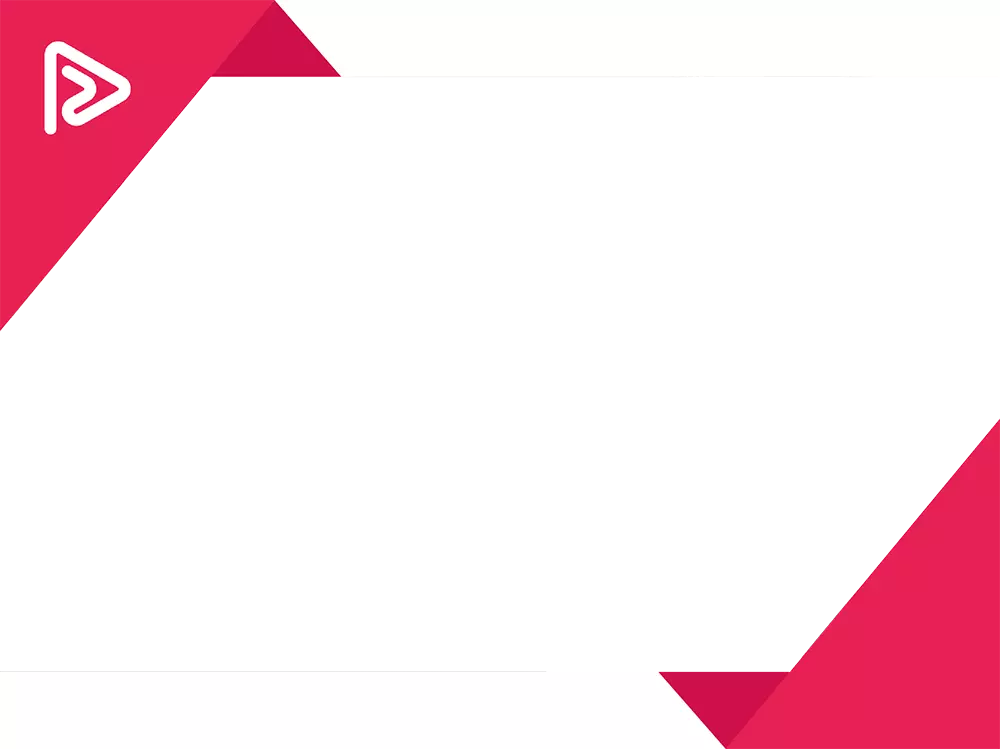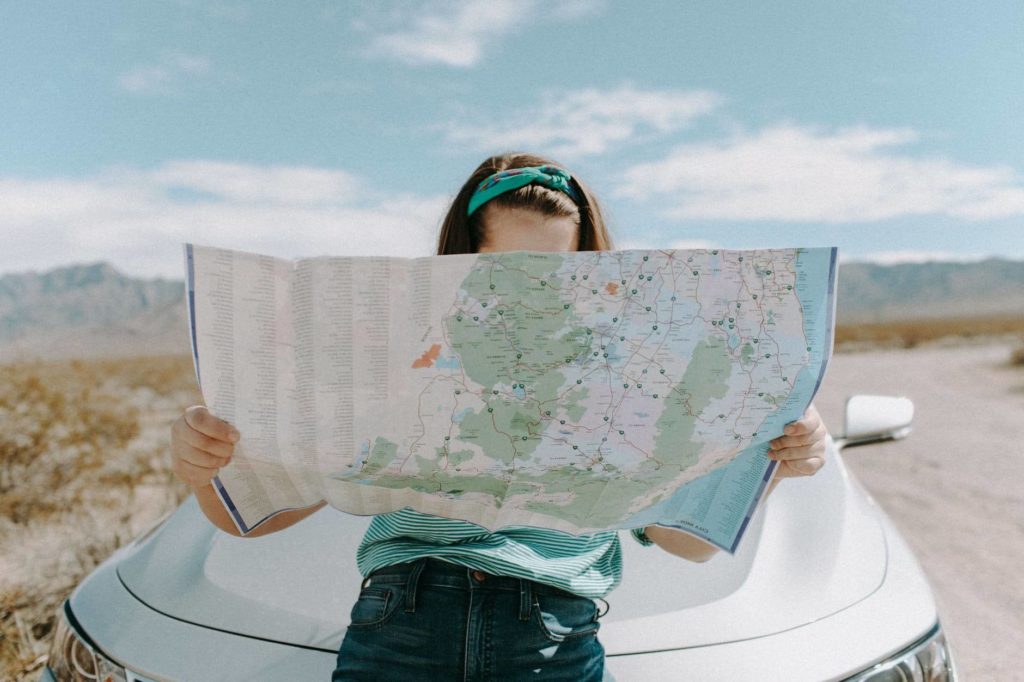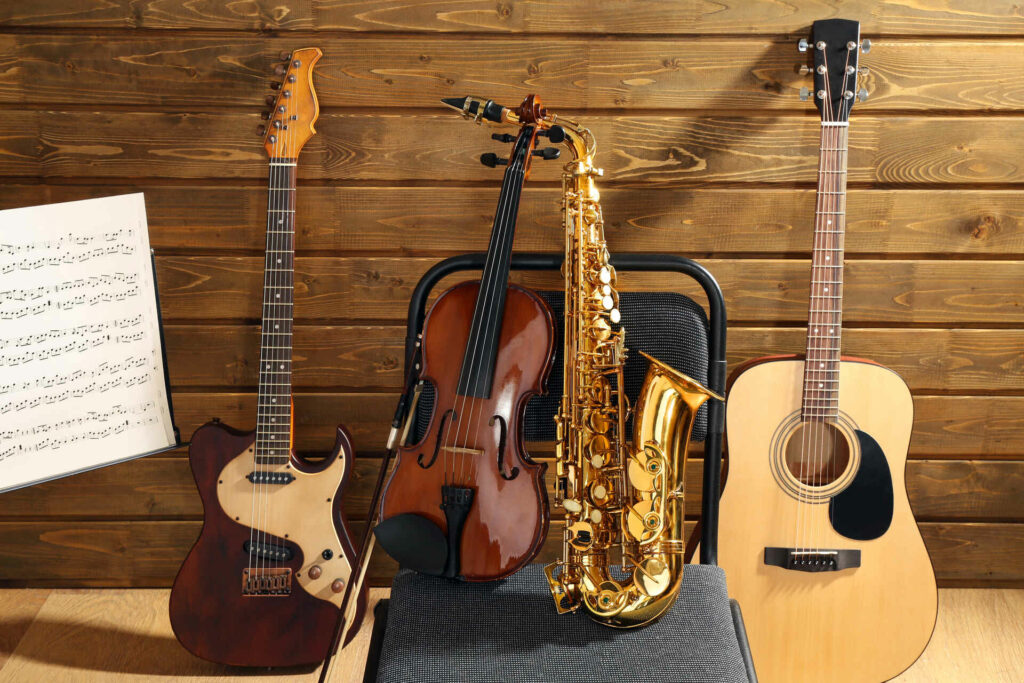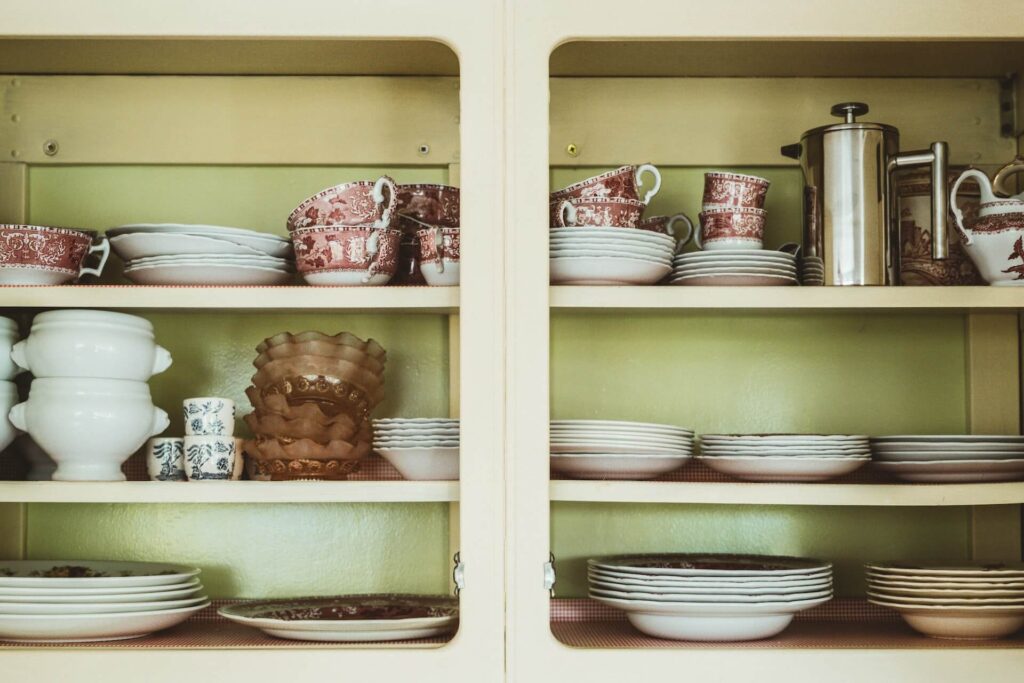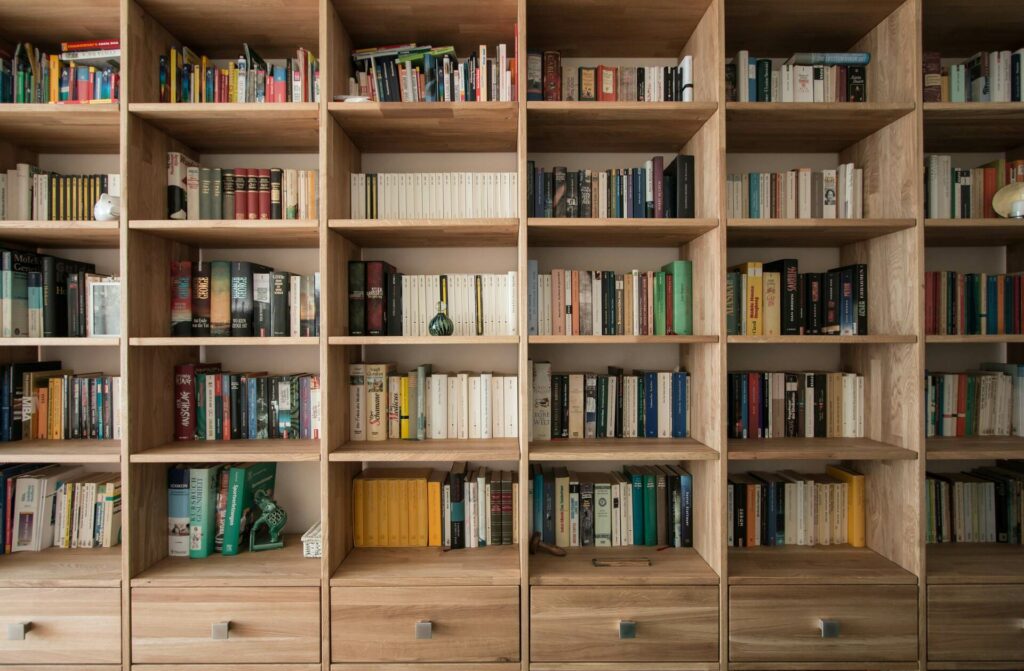Posted in
How-to, Moving Preparation, Moving Tips&Tricks
on March 20, 2021

Kate Holland
A true grunge and rock music fan born in Seattle, Kate has moved across the country and started writing about her experience.
Wondering How to Pack Pots and Pans for Relocation? We Have the Answer
Every change in our lives may be challenging and difficult, and it’s no different story when it comes to relocating. It takes time and effort, and a huge amount of energy. But, at least having an idea of how to pack pots and pans may ease up the whole packaging process a bit.
When you start packaging your way through the house, you realize that the kitchen will be truly demanding to pack. Many of the items that you keep and use in your cooking area are, if not fragile and breakable, then irregularly shaped and either sharp or pointy. Heading into any part of the house to pack without being well organized can prove to be a mistake, and that can especially prove to be true in the kitchen. The number of your belongings you keep there can throw you off, no matter how well prepared you’ve walked in there, but leaving all of your cookware behind you shouldn’t be an option. It probably took you years to obtain them, and some of them might be your favorites to cook in. Let’s not forget you’ll be needing them soon after you unpack in your new home because you’ll start preparing your meals. So let us help you plan the packaging of those heavier and odd-shaped items.
The First Step Before Packing Is to Organize and Declutter
Whether you’re relocating for a job, because you want to advance in your career, or you’re relocating for love, you’re going to need to package your cookware, and take it with you. Every part of the packaging is challenging on its own, and taking care of the kitchen utensils for transport is no different. Although pots and pans are perhaps the easiest to pack, as they are not delicate, there are a few catches and tips to make the whole process quick and easy. Especially because some of these items can be tricky because of their size and handles.
So, the first step is to start the same way as you would in any other part of the house – with a plan. Ask yourself, how many pots and pans do you really need? Take everything out and decide what you are going to keep and transport to your new home, and which of the items are an excess, or not used anymore. Decluttering is an awesome moving hack that you should use throughout your packaging process, and you should do the same when packaging plates.
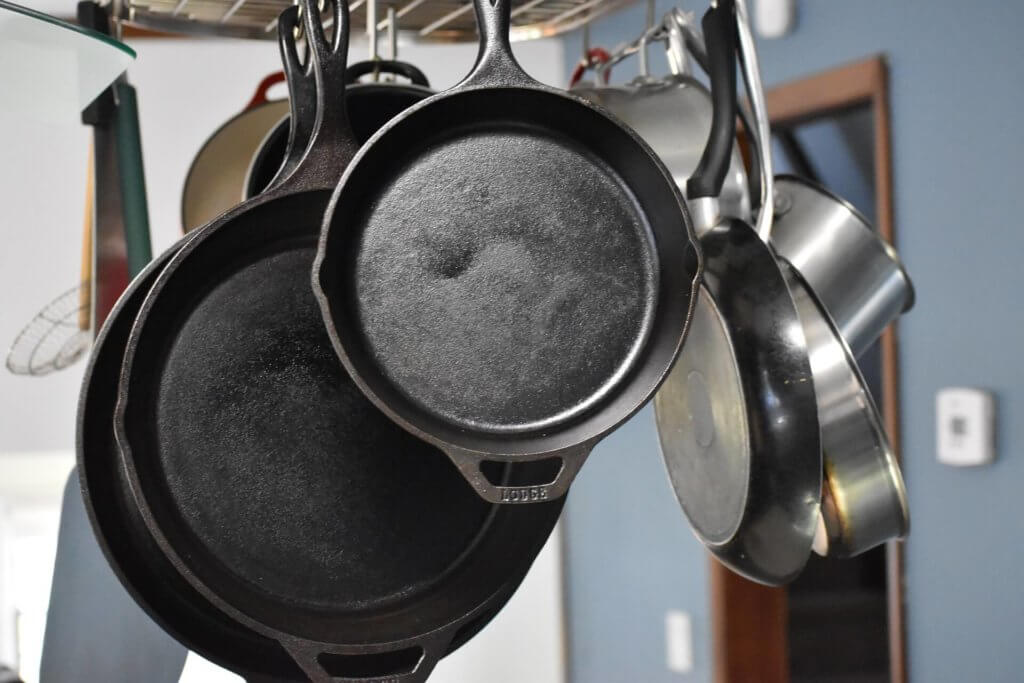
Think about which pieces of cookware will travel with you to a new home
Pack Moving Essentials and Basic Cookware Utensils Separately
You have to think about your first-day essentials box, while you’re decluttering and preparing everything, including your shoes, for the long-distance moving company to transport. It’s a bag or a package of all those belongings you’ll be needing in your first day or two after you move. Besides those basic toiletries, chargers, change of clothes, and important documents, you should put aside a few kitchen utensils that you’ll need to use to prepare a quick meal while unpacking.
Also, remember that every family member will have to have a plate, a set of flatware, a cup, and a bowl. You’ll also be needing some kitchen towels, dish soap, and a sponge, so just remember to put them somewhere with all the other essentials. Even if you’re transporting your car using auto transport services, remember to bring that first-day bag with you.
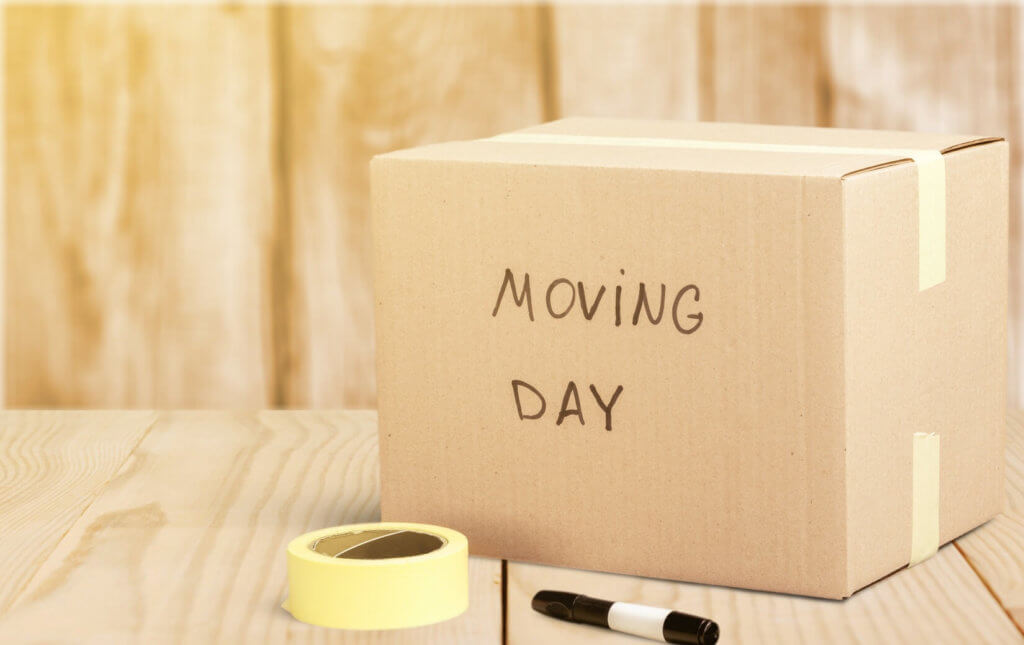
Separate a carton containing some basic stuff before you start packaging
Gather Needed Supplies and Start
If you’ve decided not to use packing services provided by the cross-country moving company you’ve hired, the next step is to gather boxes and some wrapping materials. Some of the supplies needed for packing pots and pans for moving you’ll have to buy, while other materials are right there in your home, like towels, old clothes, and other soft stuff.
Get yourself some heavy-duty boxes, and remember you’ll mostly need medium-sized ones. Medium-sized cartons are the best for cookware because they shouldn’t be overloaded for safe carrying and transportation. You’ll also need packaging paper, tape, and a marker for labeling cartons when you close them. If you want, you can even get some bubble wrap for any glass covers that you may have. For free cartons, you can visit your local grocery and liquor stores, as well as bookstores. Also, don’t forget to check out Freecycle to search for used free supplies.
Be Sure Everything’s Clean Before Packing and Moving
When you get rid of all the stuff that you won’t be relocating with you, it’s time to prepare the rest for transporting. It’s important to keep every pot and pan clean, and that all the grease is removed. This is especially important because grease can stain other packed items through packaging paper, towels, and other cushioning materials, and damage the boxes. After thorough cleaning and washing, Double-check that every item is dry because any moisture left can result in mold growth. This is especially important if you are using storage services with your cross-country moving company, and your cookware will be stored for a while.
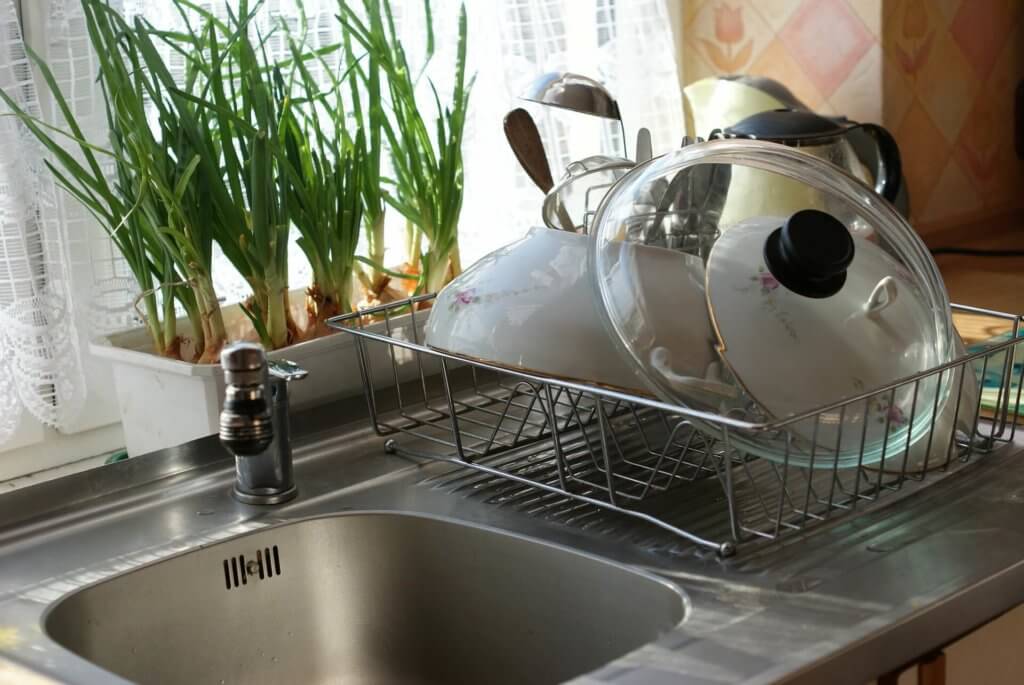
You need to keep everything clean and dry before packaging
How to Pack Pots and Pans for Moving Long Distance
Have you ever wondered how do you pack pots and pans to move? Probably not, until the day of relocating for the first time comes. If you were relocating locally, you could save up on time and money by packaging all of your cookware into garbage bags. But, transporting your household belongings should be done with extra care when moving to another state. Whether your cookware contains more durable or any fragile and valuable items, you should consider investing in moving insurance, to cover any loss or damage during the transportation of your belongings.
Let’s See How Do You Pack Kitchen Items Into a Box
So, start by dividing your cookware by weight and size, and start packaging them in sets of three. You should put the largest one on the bottom, pad the inside with crumpled paper or towels, and stack a smaller one on top, and then another one. The point of padding is not so much to protect the items like you would do when packaging glassware, as they are not so easily damaged, but because it will stack better, and you will have no trouble aligning the handles.
Before stowing these groups of three into a box, make sure you’ve secured the bottom of the box very carefully. That means you’ll have to tape the bottom of the carton several times, and it’s best to create a cross with tape over it. You should do this because no one would like a nasty surprise if the package breaks while being carried. When you are sure that the carton won’t open that easily, pad the bottom with some crumpled paper, and start placing your cookware into it. And don’t worry about the empty space that remains besides the handles – it’s where you’ll place the lids, and other smaller kitchen utensils.
The Lids of Your Pots and Pans Need an Extra Wrap
Cookware stuff is generally sturdy, but most of the lids are actually made of glass. These require special attention when packaging, so they could arrive in one piece to their destination. This is where your soft household belongings come to the rescue, or you can decide between bubble wrap and packaging paper. Wrap every lid individually for extra protection, and place them into cartons beside stacked cookware. If there is any room left, don’t stack more cookware, because the box will be too heavy to handle.
Instead, you can add well-sealed spice containers or bags with spice on top of everything. Before taping the box, close the top lids of the carton and shake it a bit to check if there’s any shifting inside. If you can feel the shifting of the items, add more paper or towels for additional cushioning, and then it’s safe to close it with packaging tape.
Auto Transport
Move your car across the country in an open or enclosed trailer – for an affordable fee. We offer car transport as a standalone service, but you can bundle it with your household move and get a hefty discount.
Learn more
Learn more
Moving Services
Treat yourself with a white glove long distance moving service that’s based on the inventory list and not weight. This means a price guarantee, transparent move costs and premium moving service.
Learn more
Learn more
Don’t Skip the Labeling Step
Like in all the other parts of your house, labeling all those boxes while packaging the cooking area will make the unpacking process unbelievably easy. Whether you’re using a color-coding system for labeling or you plan to write to which room of the house each box belongs, it’s important not to skip this awesome packaging tip. That way, your cookware won’t finish up unloaded in the garage or other parts of your new place. Another tip is to put those labels on the sides of the packages, as they will be stacked one upon another, and if the label is on the lid, it won’t be seen until you move it.
Besides labeling to which room the package belongs, you can also add a side note with the contents of each package, so you’ll be clear where exactly did you put frying cookware, and where your casserole dishes are.
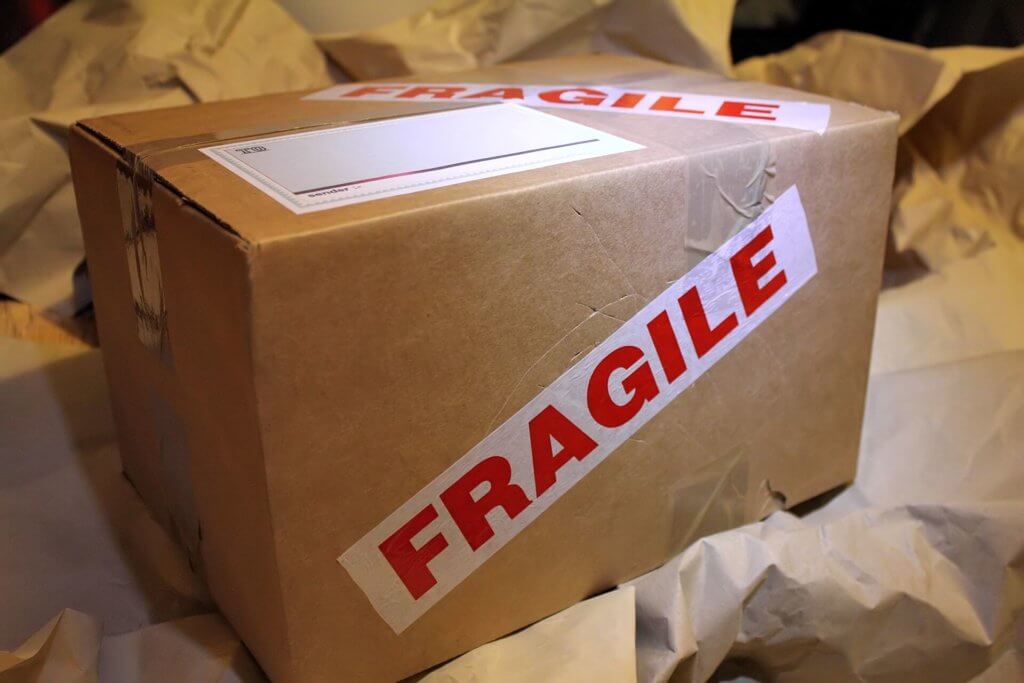
For any breakable cookware, label the package properly
Here Are Some Additional Tips
While the previous steps have got you covered for almost all of the cookware you needed to package and secure, there are some pieces that would require a different approach:
- If your pan or some other dish has a non-stick surface, it’s best to package it separately into a carton of the corresponding size. Make sure that you wrap it into paper, bubble wrap, or some soft item, before placing it into the package. Don’t place any other object beside it, because you wouldn’t want to damage its surface during the relocation process.
- Anything breakable and fragile should also be specially labeled on the package, so the long-distance movers could pay special attention to it while carrying, loading, and unloading all of your belongings.
- If you’re wondering how do you pack pots and pans for storage, just follow up on all of these steps, especially on keeping the cookware clean and dry. This is to avoid stains and mold growth, while your cooking belongings are stored. Also, don’t package spices or any other perishable stuff – those don’t go into storage.
- When placing your dishes into cartons, make sure you align all the handles, to take less space, and to leave corners of the package free to add lids or extra cushioning.
- Make sure the packages weigh no more than 45lbs, as more than that would be too heavy to handle properly. That’s why those medium-sized cartons are the best for cookware, and it’s important to stack everything in groups of three, divided by size and weight.
- Unlike when packaging glassware, you can use crumpled newspaper, instead of packaging paper. With glasses and other delicates, newspaper should be avoided, as it leaves ink stains on the surface. Your cookware isn’t as delicate, so freely use it as cushioning, or for wrapping.
In the following video, you can check out some of these tips, and see how you can prepare your cooking area for relocation.
Hire Long Distance Moving Services for Packing
As in every big step in your life, there may be a moment when you feel you couldn’t do all of the needed things by yourself. You may think that packaging every inch of your home, including the cooking area, takes way too much time and energy, while you have more things to organize prior to relocating.
Since you’ve probably already chosen a reputable company for their moving services, ask them if they could also do the packaging for you. Whether your reasons to move are moving for a new job or maybe moving for love, packaging could only add to all that anxiety. So, let the professionals take that load off your back, and give yourself time to plan other things.


